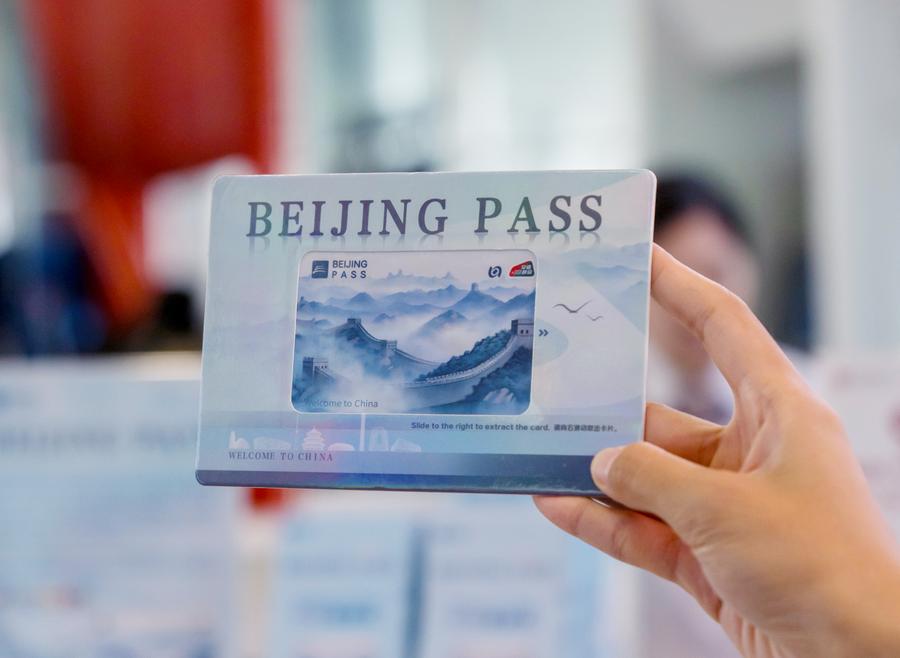As China continues to expand its "visa-free friends circle," the country has become an increasingly popular destination for inbound tourists. This summer, more and more foreign visitors are flocking to…
Prepaid cards issued in Beijing for inbound tourists

Introducing the Beijing Pass, a versatile companion unveiled in the heart of China's capital, designed to be a seamless gateway for international travelers exploring Beijing's wonders. Imagine a key that…
China Adds Three New UNESCO World Heritage Sites in Two Days
On July 27, local time, at the 46th session of the UNESCO World Heritage Committee held in New Delhi, India, resolutions were passed to inscribe three sites from China into…
Exquisite rural tourism routes across China unveiled

The Ministry of Culture and Tourism of China has recently unveiled 82 exquisite rural tourism routes across China under the theme "Creating Beauty, Embracing Rural Life." These routes are carefully…
Homestay service burgeons at Dazhai Village in Guilin
Pan Fenglan (Central) engages in conversation with German tourists at her homestay in Dazhai Village, located in Longsheng County, Guangxi Zhuang Autonomous Region, southern China, on June 26, 2024. Dazhai…
Number of ports eligible for China’s 144-hour visa-free transit policy increased to 37
The National Immigration Administration announced recently that the number of ports eligible for China's 144-hour visa-free transit policy has increased to 37. Effective immediately, the policy will be implemented at…
China’s visa-free policy makes it easier for Australians and New Zealanders travel to China

New Zealand and Australian citizens will find it easier to explore the wonders of China thanks to a recent development that has significantly simplified travel requirements. During his just-concluded visits…
Great News:More flights between the U.S. and China are about to fly!

The Civil Aviation Administration of China (CAAC) announced at its regular press conference Thursday, February 29, Beijing Time that starting from March 31st, airlines from both China and the United…
Shangri-La Dreams: Yunnan’s Paradise of Ethnic Cultures and Breathtaking Landscapes
In the southwestern corner of China lies Yunnan, a province that beckons with the promise of Shangri-La—a paradise of diverse ethnic cultures, dramatic landscapes, and a harmonious blend of tradition…
Historic Hangzhou: Serenity on West Lake and the Grand Canal
Journey to Hangzhou, a city where ancient traditions and modern life harmoniously coexist, and immerse yourself in the serenity of West Lake and the cultural richness along the Grand Canal.…